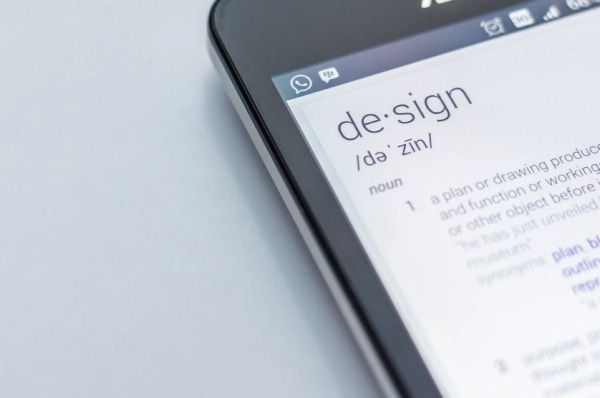Apple vs Android - Which Operating System Should You Choose?
Having the right smartphone is imperative to making your everyday life easier. Whether it’s ease of use, access to thousands of unrestricted apps or unmatched camera quality you’re after, the operating system of your smartphone has a huge part to play on your choice of device.
Apple is the only company that produces Apple iPhones, whereas Google offers its Android software to a variety of phone manufacturers such as Samsung, Huawei, HTC, Sony and more. Due to the myriad of Android-operating brands, features like size, functionality, quality, weight and clarity vary between each brand. iPhones are deemed “higher quality”, whereas Android phones are highly customisable.
You’ll have a crowd that swears by Apple products due to its ease of use, and another that swears by Android due to its prolonged battery life. No matter what OS you choose, each has their own list of pros and cons, and it’s down to you to weigh up what’s right for you and your smartphone preferences.
If you’ve always wondered what the grass is like on the other side when buying a new smartphone, read on to find out the difference between Apple and Android operating systems.
At a glance
|
iOS |
Android |
|
|
Release date |
July 2007 |
September 2008 |
|
Availability |
iPhone, iPad, iPod and other Apple devices |
Samsung, Google, Huawei, HTC and more |
|
Source model |
Closed |
Open (Kernel, UI) |
|
OS based on |
OS X and Unix |
Linux |
|
Phone cost |
£400-£1,200 |
£250 - £1,200 |
|
App store |
Apple store |
Google Play, GetJar |
|
Voice control |
Siri |
Google Assistant |
|
Available languages |
40 |
100+ |
|
File transfer |
Via iTunes and USB |
Via USB |
|
Bootloading, rooting and jailbreaking |
No control over device |
Complete control is achievable and you can unlock the bootloader |
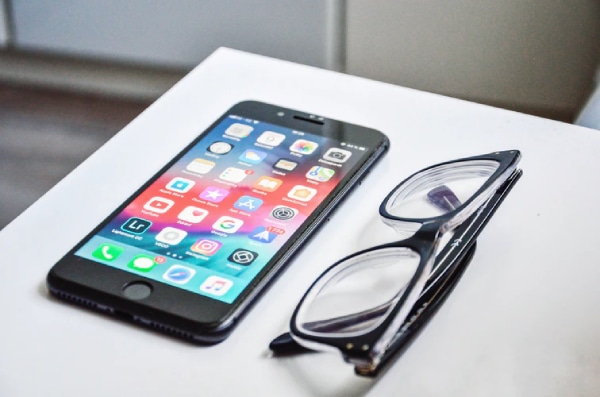
Interface
Both Apple iOS and Android use a touch screen interface that you can swipe, tap and zoom on.
An Apple iOS home screen typically displays a row of four icons (which you can customise to pin your most used apps) on the bottom with all of your other apps above which you can flick through.
An Android home screen uses “widgets” that displays information like the date, weather and emails which you can set to automatically update.
Like most phones, a status bar appears on the top of both Apple and Android phones. It displays information on your battery life, signal and Wi-Fi. On the lock screen of an Android, you can see in dim light alerts for messaging, emails and other notifications.
As multiple phone manufacturers host Android software, no interface is exactly the same, but are very similar in logic and easy to learn
UI Design
Android design is based on a design language called Material Design which was created by Google. You can watch a video all about Material Design here. Android also provide a very detailed guide on app development, UI design and so much more.
iOS uses a Human Interface Design guide, which contains a very expansive list of rules and design patterns for iOS apps.
Navigation Patterns
Apple phones have a function that involves left-to-right swiping to go back to the previous screen. This feature is pretty much available on all apps and works by swiping from the edge of the screen to the left all the way to the right.
Android phones typically have a bottom navigation bar that allows you to press a button to go back to the previous screen.
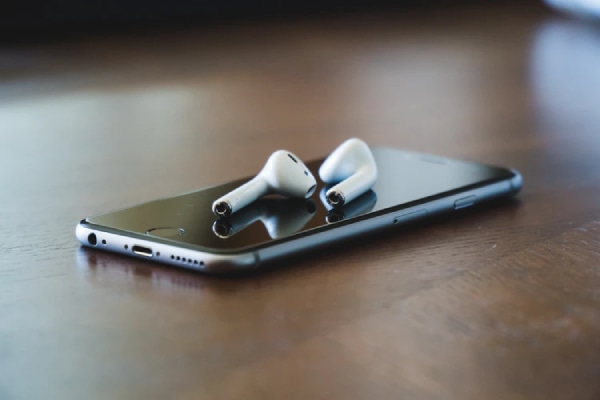
Voice commands
iOS uses a virtual assistant called Siri that can be activated by a voice command. This is generally activated by holding down the “Home” button (on older versions of the iPhone) or by saying “Hey Siri”. Siri is capable of recalling recommendations for local areas, books, calendar reminders, navigation and much more.
Android phones offer a similar virtual assistant called “Google Assistant” which retains the same features as Siri.
Both virtual assistants let you use your voice to search for a myriad of online resources as opposed to typing them in. It can be activated by saying the phrase “Ok Google”, followed by your command.
Keyboard
iOS 13 gained the ability to “swipe” a word instead of typing it. However, Android had beaten them at the race already with their own swipeable keyboard “Gboard”. Some Android phones even had apps like SwiftKey - a virtual keyboard app developed by TouchType.
Gboard allows you to apply different themes, change language, search on Google Maps and insert GIFs too, something iOS 13 is lagging behind in.
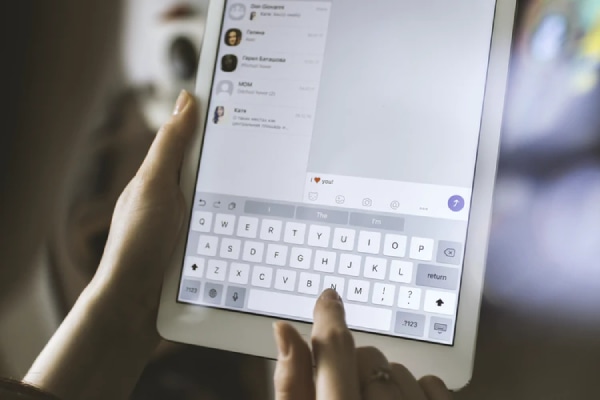
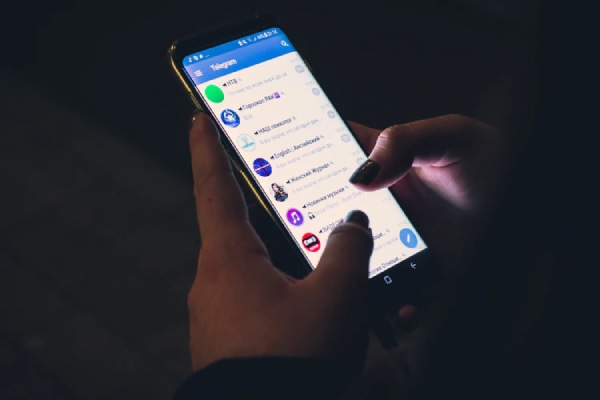
Messaging
GTalk used to be an Android-exclusive messaging tool, but was discontinued in 2017 and replaced by popular messaging apps such as WhatsApp and Facebook Messenger.
Apple users have the option of sending texts via Messages (formally iMessage) to each other, however these messages cannot send to an Android user, so they convert to a normal SMS text. Messages can be sent via Wi-Fi without using your cellular data or messaging tariff.
Video Chat
Android can use Google Hangouts to video chat to other Android users. Apple users can use Facetime and can only be used to communicate with other Apple devices.
You must be connected to the internet or have your data enabled to use both of these services.
Both devices can have WhatsApp installed, a popular messaging service that you can text, call and video chat on.
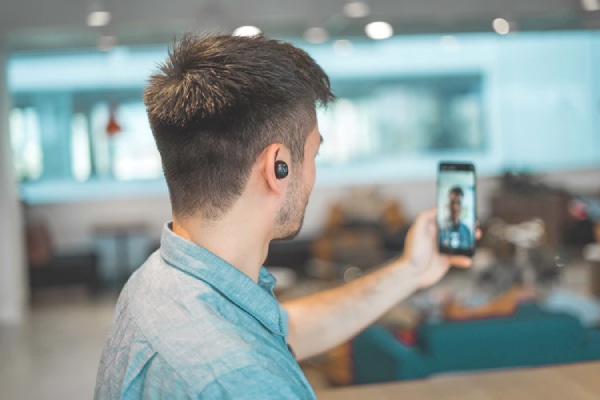
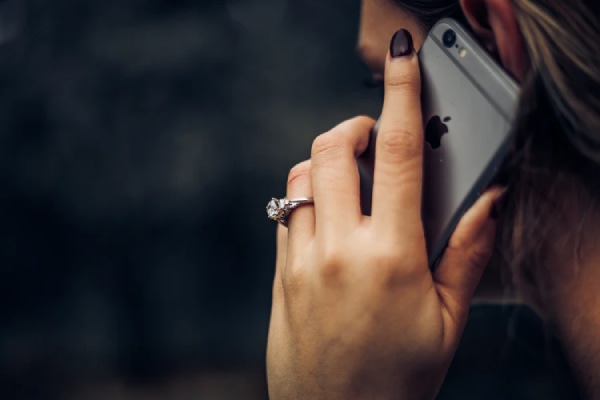
Automated call features
Android has a bank of texts (which you can add to) that can be used as an automatic reply if you cannot answer the phone.
Apple devices allow you to set a reminder to call the person back, or respond with an automated text message.
Both operating systems have a “Do Not Disturb” function so that calls do not come through to either device.
Speed
Having the same app on either an Apple or Android device does not mean they are programmed the same.
Typically speaking, Apple has beaten Samsung devices numerous times on speed tests, but loses on hardware specs. Multiple reasons have been speculated as to why Android is slightly slower including its use of Java runtime and adopting a “garbage collection” function which Apple does not have.

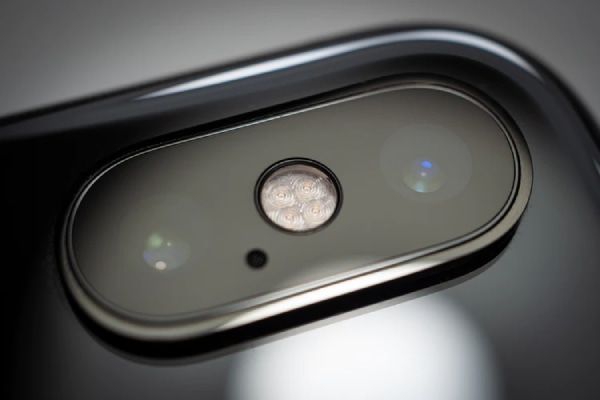
Email & Camera
Both default emailing apps on Apple (Mail) and Android are very easy to use and set up, no matter your provider. You can set up multiple email accounts on both operating systems.
Apple and Android devices allow you to use a variety of third-party email apps such as Gmail and Outlook, with the former being the most popular option.
There is a huge debate on the camera quality with an Apple or Android device.Typically, and for many years, Apple has always been far superior sporting life-like colour accuracy. But in recent years Android has surpassed Apple in low-light conditions and sharpness such as the Google Pixel and Samsung S9+.
Both phones have access to an array of camera apps and editing software, however Android has a wider variation due to manufacturers creating their own app variations of their software.
Emojis
There’s an expansive list of emojis on both Apple and Android devices. You may have seen however, that some emojis appear as boxes on an Android device.
This is now easily fixable. You can install an iPhone keyboard emoji onto your Android device and select it from your keyboard settings. There are a multitude of other apps such as Facemoji or iMore you can download too.

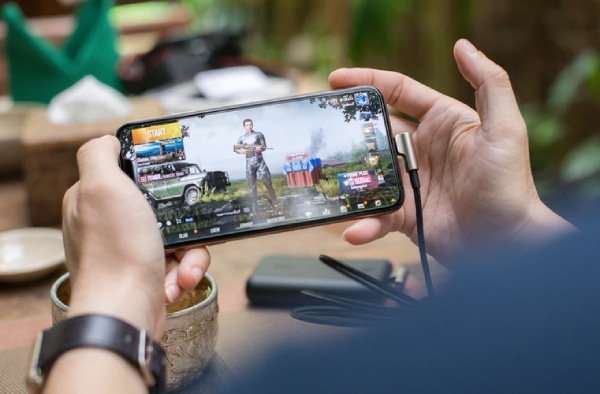
Gaming
Mobile gaming has changed radically over the years, especially so when the iPod touch and the first iPhone was released. Thousands of games were created off the back of this - think classics like Temple Run, Candy Crush and thousands upon thousands of free games ready to download.
Nintendo and EA have even released their own mobile games based off console ones such as Super Mario Run and The Sims respectively. iOS users get games first, Android users get them second. This is due to the ease in developing the games.
Despite this however, there are far more games available on Android. This is because Apple decided to remove games that were “no longer supported by Apple”.
Complex games run into bugs slightly more often on an Android device. For indie developers, this can present quite a challenge, hence their affinity to developing games for iOS.
Mobile Payments
Both Apple and Android devices allow you to sync your current account and pay by tapping your phone at checkout.
Android uses Android Pay and Google Pay to allow for mobile payments. Its NFC feature, available on some Android phones, lets you make contactless payments. Samsung Pay (for Samsung devices) and Google Pay are only available in 24 and 29 countries respectively.
Apple have a mobile payment system known as Apple Pay. It came about after Android’s NFC feature, however Apple Pay is integrated with fingerprint identification, making it much easier to make payments. Although this is now available on Android, Apple were the first to introduce this. It’s available in 41 countries.
Apple and Android phones offer a “wallet” that collects tickets, rewards and vouchers and stores it in one place. Apple’s version is called Passbook, whereas on an Android device you’d have to install one via the Google Play store.
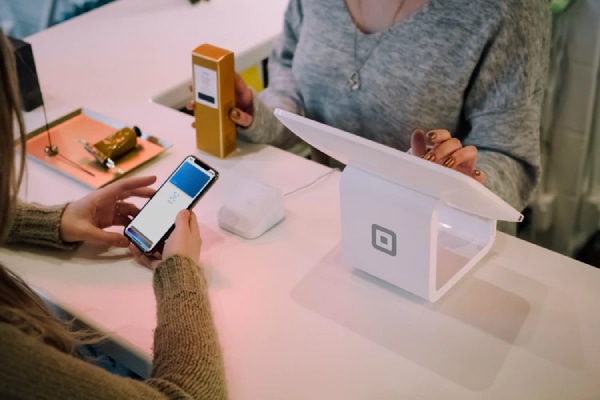
Accessories
Apple products dominate the phone accessories market with a variety of peripherals and phone cases.
Having said this, Apple are insistent on their Lightning cable which sparked quite a bit of controversy, including remote hacking! So if you’re an Android user, you have the choice between a Micro USB or USB-C (depending on your device) and don’t have to fork out heaps for an adaptor.
Since the iPhone 7, Apple decided to ditch the 3.5mm audio port, meaning you had to buy an additional adaptor or invest in a new set of headphones. Some Android devices, however, are adopting a similar function by replacing standard jacks with a USB-C, but this varies between manufacturer.
If you’re upgrading to the latest Apple products, it’s worth knowing that their ecosystems are far more in synergy than Android, due to the latter having many manufacturers. So switching USB-ports may not be an inconvenience for some users.
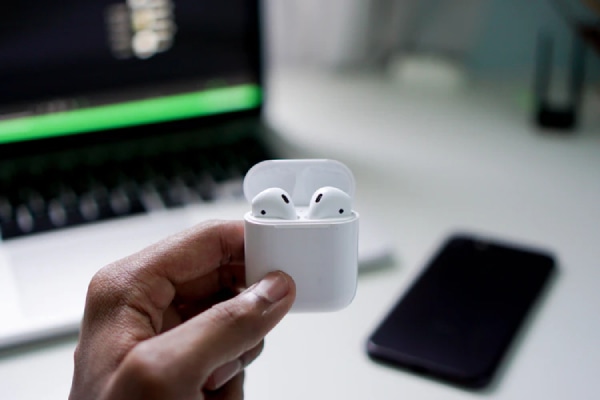
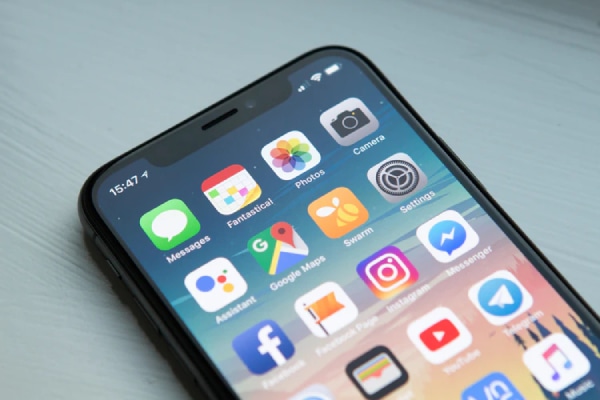
Apps
Apple currently uses the App Store which, as it stands now, has over 2.1 million apps (with some unavailable to iPad devices).
Android devices can access and download apps via Google Play, which houses around 2.7 million apps. Despite this large number, many developers still wish to program for iOS first due to ease/lack of resources to serve two operating systems.
According to Blancco’s analysis of diagnostic reports from mobile devices, “apps crash almost three times more on iPhones than on Android devices”. It does mention, however, that a good OS doesn’t mean bad apps still can’t crash.
For both operating systems, Business Insider have reported on the increased outages of popular apps such as Facebook and Instagram over the last three years and recorded a whopping 281% increase in app crashes.
Android typically suffers from high memory consumption, RAM and CPU problems, so shutting down unused apps is a must. iOS updates on Apple devices are one of the main causes of crashes due to the frequency of updates/fixes required.
Software Upgrades
Both operating systems release updates regularly, however it’s apparent that Android users might not receive an alert to update as often as Apple users. With the amount of phone manufacturers to support the Android OS, some choose when to release the latest update over others (depending on the product line).
iOS devices receive updates at the same time, however, older models may not receive them due to hardware capabilities.
Device Selection
Apple’s iOS are only available on Apple devices such as iPhones , iPads and iPod Touch to name a few. The price points of Apple devices are generally higher than Android devices.
Android devices are available in various sizes, manufacturers, price points and hardware capabilities. They’re easy to customise depending on user preferences.
Integration
People typically own more than one device (such as a phone and tablet, or phone, tablet and watch).
Apple’s integration is far superior to Android due to its product releases in conjunction with iPhones. For example, if you wanted to unlock your phone from a distance you can use your Apple Watch to do so, or view text messages on your laptop.
With Android devices, unless you own devices from the same company, you can’t expect the unified experience Apple offers. On a plus however, Google services work across all Android devices no matter the manufacturer.
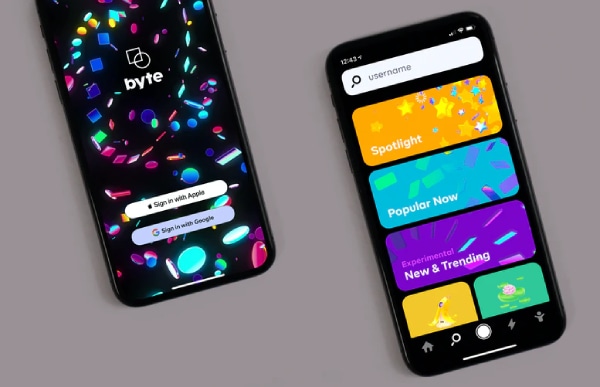
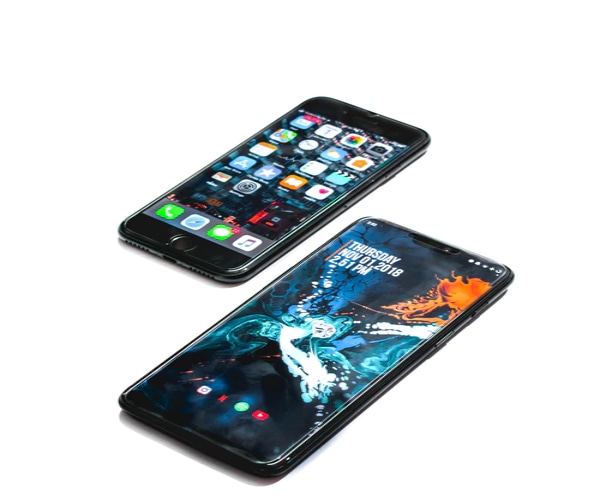
Customisability
Android phones are fantastic if you want to truly tailor your device to suit you. It’s extremely easy to customise your layout, add extra shortcuts, widgets and even change the interface. If you want to customise your phone to your heart’s content, then an Android is a fantastic choice.
Whilst you can change backgrounds and screensavers on Apple’s iOS, adding widgets is very limited. The look and feel remains pretty much the same as its default look. This is perfect for those who are simply after a phone for functionality and simplicity, but maybe not for those who want to fully customise their home screen and screensavers.
Security
Messages on Apple contain end-to-end encryption, which are then destroyed once the servers are operational, preventing anyone from accessing or tampering with the system.
Android was known for its openness to an array of apps, but this put customers at risk. They’ve since introduced permissions that ask the user if they want to grant an app access to their camera/microphone (and more), and are providing regular updates to maximise security.
Hardware keys are now available for Android devices which allow your Android device to perform two-factor authentication, which is especially useful for those serious about protecting their data.
Privacy
Apple has told its users that less of your data is sent to the cloud and is instead stored securely on your device. Their full privacy policy can be read here.
Data sent back to Apple (such as Maps and search queries) are anonymised thanks to its Differential Privacy, where user data is jumbled up so that Apple cannot identify you. Having said this, there are exceptions, one of which being the app Find My iPhone. Apple must know who you are for identification and your phone’s location.
Google, on the other hand, is big on finding out personal information to aid targeted ads and personal experience. Google’s privacy policy promises to keep your data safe. Each device manufacturer has its own privacy policy - so be sure to read theirs too:
Accessibility
Android devices can be customised to suit your tastes, but this may prove troublesome for someone after ease of use.
Samsung are well known for their “easy mode” function which is fantastic for the elderly or someone not so well-versed in technology. This function makes the interface and buttons bigger so they’re clearer and easier to operate.
The advantage of Apple devices is that is look and interface is consistent across all devices. Even with regular updates, the interface stays virtually the same.
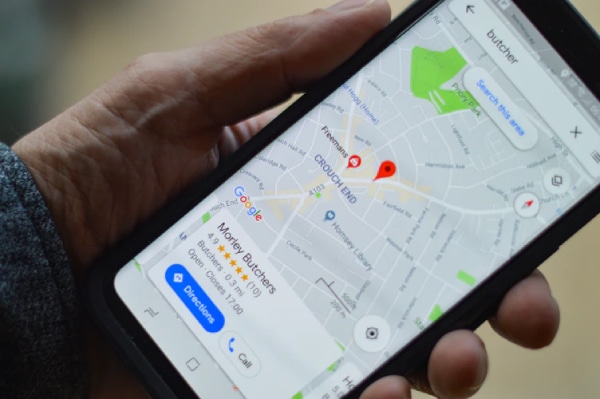
Maps
Apple Maps is a new feature for getting from A to B. The iOS update included more accurate addresses, pedestrian information and 3D view. Some say that it’s surpassing Android’s default maps app - Google Maps.
Google Maps has had Apple Maps features for a long time and includes extra features such as Street View and recommends local attractions, cafes, restaurants and more. However, Apple Maps is thought to surpass Google Maps with its improved accuracy and detail, but it still hasn’t mapped out the entire world, yet.
Support
Apple is well known for the customer service of its Apple Store. You can take your Apple device to the nearest Apple Store and book in at the Genius Bar. We recommend visiting stores as early as possible, as appointments book up fast!
Android does not have a dedicated store you can take your device to, however you can take your phone to the nearest retail store of the brand you use. There is the risk, however, that the staff may purely work in sales and not have a dedicated support desk.
Photo backup
With an Android device you can automatically back up all of your images and videos to Google Photos. The maximum upload size limit for photo is 100 Megapixels and 75 MB. The maximum upload size for video via desktop is 4 GB and using browser and mobile is 10 GB.
Apple uses a backup system called iCloud. You can back up any kind of file given that it’s 50GB or less in size. You can set up alerts that remind you if your iCloud is getting/is full. It’s also possible to get Google Photos on your Apple device if this is your preferred method of backup.
Cloud Services
Apple’s iCloud comes with 5GB of free storage, which you must upgrade yourself if you want more. iCloud cannot be used on an Android device. You can choose the following price plans per month:
- 50GB - £0.79
- 200GB - £2.49
- 2TB - £6.99
Google Drive gives you 15GB of space for free and comes with the following price plans per month:
- 100GB - £1.59
- 200GB - £2.49
- 2TB - £7.99
- 10TB - £79.99
- 20TB - £159.99
- 30TB - £239.99
Overall, Google Drive is incredibly easy to use and can be used on both Apple and Android devices.
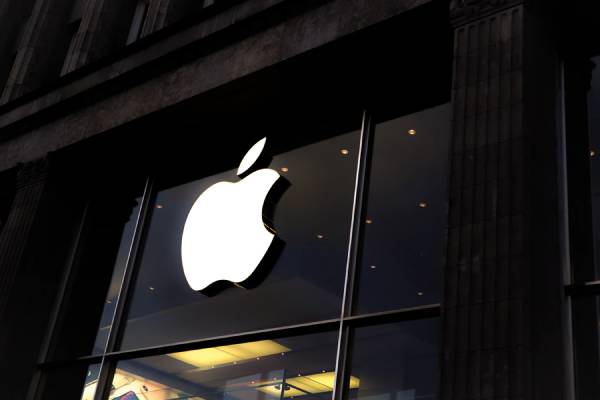
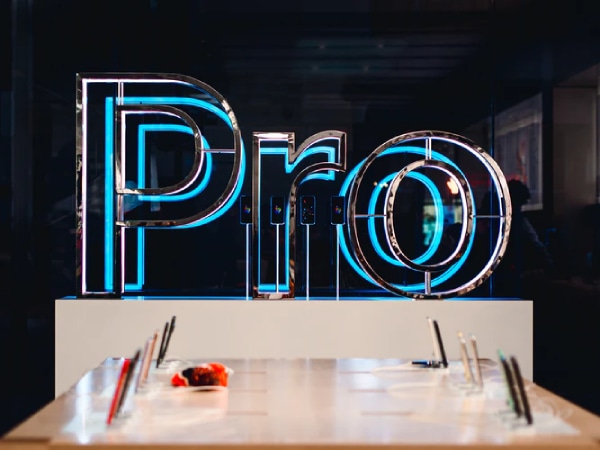
Cost
It’s a no brainer that Apple iPhones are definitely on the higher end of the price scale, however newer models of Samsung phones, which uses Android software, are matching and if not surpassing the iPhone price point.
Generally speaking, Android offers a vast choice of phones for those on a tight budget. Naturally, this means less functionality than their costly upgrades, but if you require basic calls, messaging, browsing and streaming, then this shouldn’t be an issue.
Apple iPhones start from around £400, with more expensive models reaching £1,200. Budget Android phones start from as little as £250, with the latest model matching the price of an iPhone.
Refurbished phones are a popular choice if you cannot afford to upgrade to the latest phone. You can buy the model down, or trade in older phones and other tech to pay towards the latest phone you want.
Battery
Early iPhones were notorious for dying within hours of charging, though the latest models are so robust that they can go days without charging, especially after fixes in the latest iOS updates.
Due to the amount of manufacturers hosting Android OS, battery life varies between each brand. Android phones are typically larger than Apple phones, meaning a larger chassis for an ample battery. Although iPhones have become increasingly large, Android phones dominate in the battery department.
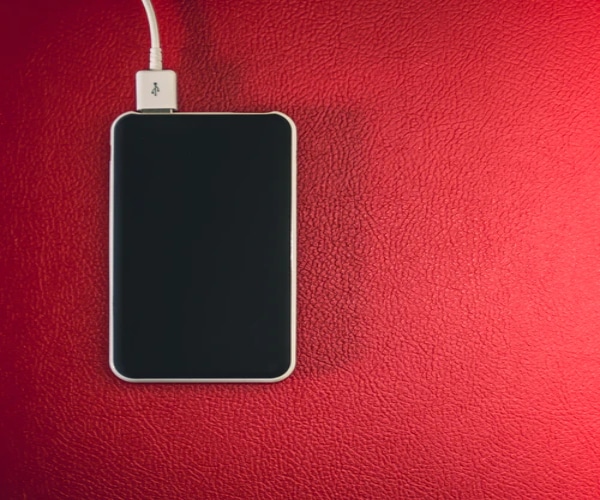
Bottomline
Based on everything you need to know - let’s summarise the key pros and cons of Apple and Android devices:
Apple
- Easy integration across devices
- Use one of your Apple devices to control other ones you own
- iOS-only apps
- Facetime, Passbook, ApplePay
- Updates
- Consistent updates for all devices
- Controlled apps
- Limited apps available and must be “approved” by Apple in order to be downloaded from the App Store.
Android
- Vast amounts of hardware
- Choose a device from various manufacturers
- Highly customisable user interface
- Low restrictions on app downloads
- Install apps from more sites in addition to the Google Play store.
- Bigger virtual cloud storage space
- Language capabilities
- Uses Google services to translate
- Large keyboard selection for 100+ languages
- Must use the same manufacturer for integration across devices
Whether you buy a refurbished Apple iPhone, Samsung phone or other manufacturers we sell - we guarantee a device of fantastic quality and value! Buy refurbished phones with musicMagpie today!













